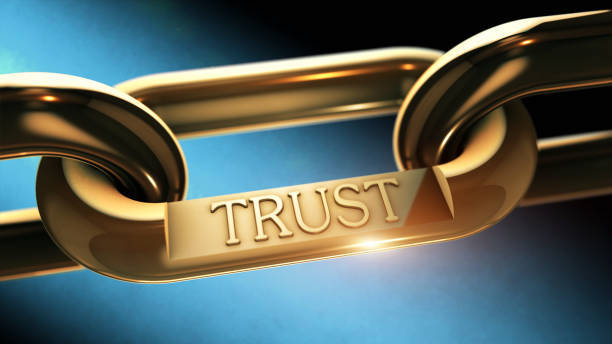“We All Have a Part to Play”: Lauren Davies of Vevo discusses brand safety
by on 11th Jul 2022 in News


As formats and platforms increasingly fragment, brand safety is a question on everyone’s minds in the industry.
How to best guarantee your brand is seen in the right places, next to the right content for your audience? Can extensive reach and brand safety ever be reconciled?

Lauren Davies, Vevo
Lauren Davies is vice president of global ad operations at Vevo, who recently achieved TAG Certified Against Fraud and Brand Safety Certified seals and Gold Standard status from the IAB UK.
We caught up with Lauren to discuss brand safety in the video world, the implications for ad fraud, and the responsibility for a transparent ad ecosystem.
Brand safety is a pressing concern across the industry at the moment - where does video fit into this discussion? What are the benefits and pitfalls for brands?
Video marries sight, sound, and motion, so it can be powerful and engaging content for your brand. Video content can provide a major benefit to a brand and message when it is premium and relevant. However, it can create a serious brand safety issue when the content is dangerous or seriously misaligned.
User-generated content (UGC) is top of mind when thinking about brand safety within video. Hundreds of hours of video content are uploaded, each minute, of every day - and they can be uploaded by anyone in the world. So, the probability of your ad landing within questionable UGC is high - and that can negatively impact brand perception in the eyes of the end user.
Are there higher risks with advertising next to UGC than curated content? How do platforms manage this?
There is less control and transparency of UGC, so you run the risk of having your campaign within videos that range from “not ideal” to even extremist or downright criminal activity. This could create a brand crisis and seriously damage your brand’s reputation.
To manage this, the major platforms have both human QA teams and AI technology to flag, review, and detect content in an effort to maintain control of content and avoid surfacing anything that could be potentially damaging to a user or brand.
Are brand safety and reach mutually exclusive? How can the two co-exist?
You don’t have to sacrifice reach in order to ensure brand safety. And the same applies for ‘brand suitability’ - which is another layer beyond safety, or the ability to safely align the right brands with the right video-level moments. Of course, what is suitable for one brand might not work for another.
In order to guarantee your ads run within safe, quality content, while still maximising reach, advertisers should work directly with publishers or content owners. Publishers and content owners know their audience best and retain control around the content their ads are served against, which ensures it is safe even at scale.
Where does responsibility lie for a transparent ad ecosystem? Do we need more industry collaboration and standards?
We all have a part to play to address concerns around brand safety and ad waste. It’s on us as content owners to know the videos that exist within our library inside and out and to be trustworthy, transparent partners for the brands leveraging our content.
Industry standards and collaboration make this kind of transparency much easier, as it holds publishers accountable, so it’s incredibly important to have these in place. Organisations, such as TAG and IAB, have several rigorous certifications around brand safety and ad fraud for publishers and media brands, setting up a framework in a way that everybody knows and follows.
Additionally, these organisations help brands better understand, source, and vet brand safe content owners which are enforcing these standards and offering a best-in-class ad environment.
How does brand safety and combating fraud work hand-in-hand?
By both ensuring brand safety and combating ad fraud, we are ensuring we bring the most value to brands. Like brand safety, ad fraud continues to be a rising concern within the industry, and it’s important that content owners use technology and industry standards to monitor and address any threats to their content.
Ad FraudBrand SafetyTransparencyVideo








Follow ExchangeWire